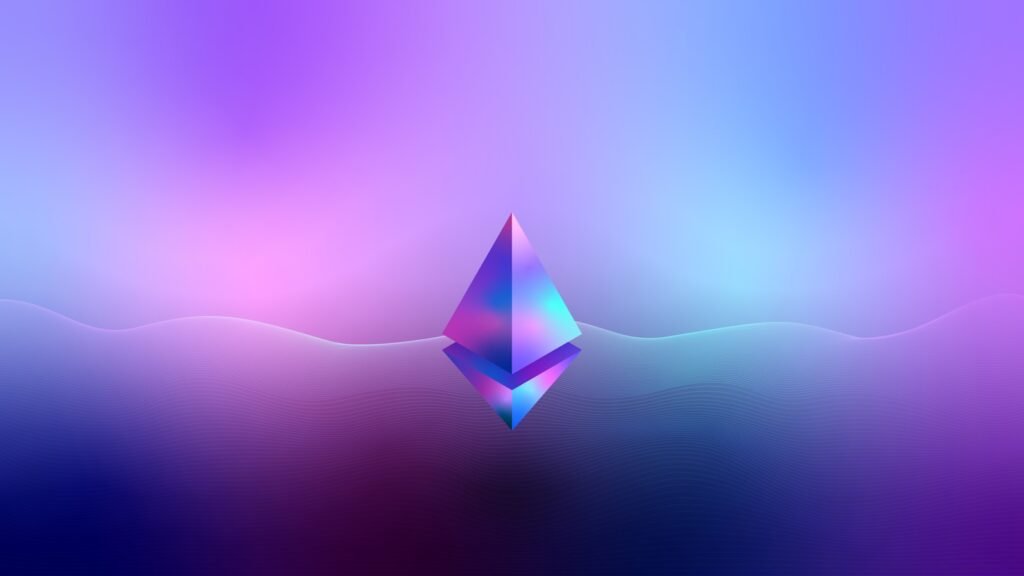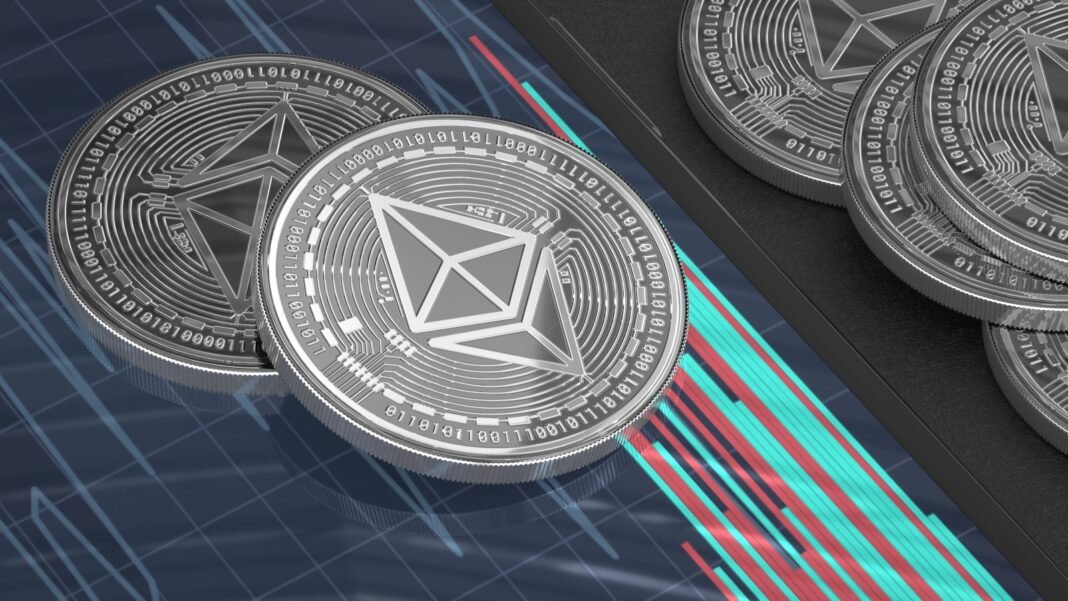Ethereum has emerged as one of the most important cryptocurrencies, powering everything from decentralized finance to NFT marketplaces. If you’re looking for a straightforward buy Ethereum tutorial, this guide will walk you through the entire ETH purchase process from start to finish.
Whether you’re interested in investing, participating in Web3 applications, or simply curious about cryptocurrency, this guide will show you exactly how to buy Ethereum safely and securely.
Why Buy Ethereum? Understanding Its Unique Value
Before we dive into the ETH purchase process, it’s important to understand what makes Ethereum special:
Ethereum isn’t just digital money like Bitcoin. It’s a programmable blockchain that enables smart contracts – self-executing agreements that power decentralized applications. This functionality has made Ethereum the foundation for:
- Decentralized finance (DeFi) platforms
- NFT marketplaces and digital collectibles
- Web3 applications and decentralized autonomous organizations
- Innovative solutions across gaming, identity management, and more
The Ethereum network continues to evolve with upgrades that improve scalability and reduce transaction costs, making it an exciting platform for both developers and investors.

Step 1: Choosing the Right Ethereum Wallet
Your first step in buying Ethereum is setting up a secure wallet to store your ETH. Wallets come in different forms, each with its advantages:
- Software Wallets are great for beginners. Popular options include MetaMask (a browser extension that works with most DeFi apps), Trust Wallet (a mobile option with a built-in DApp browser), and Exodus (a user-friendly desktop wallet).
- Hardware Wallets offer the highest security for those holding significant amounts of ETH. Devices like Ledger and Trezor store your private keys offline, protecting them from online threats.
- Exchange Wallets are provided by trading platforms but should only be used temporarily. While convenient, they’re considered less secure than self-custody options.
- When choosing a wallet, consider how you plan to use your Ethereum. If you’ll be interacting with DeFi apps frequently, MetaMask is an excellent choice. For long-term holding, a hardware wallet provides better security.
Step 2: Selecting a Platform to Buy Ethereum
There are several ways to purchase ETH, each with different benefits:
- Cryptocurrency Exchanges are the most common method. Platforms like Coinbase, Binance, and Kraken offer simple interfaces for beginners while providing advanced features for experienced traders. These exchanges typically support bank transfers, credit cards, and sometimes even PayPal.
- Peer-to-peer marketplaces like LocalCryptos connect buyers and sellers directly. These can offer more payment options and sometimes better prices, though they require more caution to avoid scams.
- Decentralized Exchanges (DEXs) such as Uniswap allow you to swap other cryptocurrencies for ETH directly from your wallet. This method doesn’t require identity verification but may have higher fees.
- For first-time buyers, a reputable centralized exchange usually provides the smoothest experience with good customer support if needed.
Step 3: Creating and Verifying Your Account
Most regulated exchanges require identity verification before you can buy Ethereum. The process typically involves:
- Providing basic personal information
- Uploading a government-issued ID
- Completing a facial recognition check
- Verifying your address (sometimes required)
This Know Your Customer (KYC) process helps prevent fraud and complies with financial regulations. While it might seem intrusive, it’s a necessary step on most major platforms.
Once verified, be sure to enable two-factor authentication (2FA) for added security. Authenticator apps like Google Authenticator or Authy are more secure than SMS-based 2FA.
Step 4: Funding Your Account
With your account set up, you’ll need to deposit funds to purchase ETH. Most exchanges offer multiple deposit methods:
- Bank transfers are typically the most cost-effective option with lower fees, though they may take a few business days to process.
- Credit and debit card purchases are instant but usually come with higher fees (often 3-5%). Some banks may block crypto purchases, so you might need to notify them first.
- If you already own other cryptocurrencies, you can deposit them and exchange them for ETH, though this may trigger taxable events in some jurisdictions.
Step 5: Making Your First Ethereum Purchase
When you’re ready to buy, exchanges offer different order types:
- A market order will purchase ETH immediately at the current price. This is the simplest option for beginners.
- Limit orders let you set a specific price at which you want to buy. Your order will only execute if ETH reaches that price, potentially saving you money but with no guarantee of filling.
- For your first purchase, a market order is generally the easiest approach. You can specify either how much ETH you want to buy or how much fiat currency you want to spend.
Step 6: Securing Your Ethereum Investment
After purchasing ETH, it’s crucial to move it to your wallet rather than leaving it on the exchange. Here’s how to do it safely:
- In your wallet, locate your Ethereum receiving address (starting with “0x”)
- On the exchange, navigate to the withdrawal section
- Enter your wallet address and the amount to transfer
- Double-check the address before confirming
- Wait for the transaction to complete (usually takes a few minutes)
Always verify the first and last few characters of the address, as malware can sometimes alter copied addresses. Consider sending a small test transaction first if moving large amounts.
Step 7: Understanding Ethereum Network Fees
One important aspect of using Ethereum is gas fees – payments required to process transactions on the network. These fees fluctuate based on network congestion.
When sending ETH or interacting with smart contracts, you’ll need to pay these fees in ETH. Some wallets let you adjust the gas price to potentially save money during less busy times.
Alternative Ways to Acquire Ethereum
Beyond direct purchases, there are other ways to obtain ETH:
- Earning through decentralized applications by providing liquidity or participating in play-to-earn games.
- Receiving payments in ETH for goods or services if you’re a freelancer or business owner.
- Using Ethereum ATMs, though these are less common than Bitcoin ATMs and often have high fees.
Common Mistakes to Avoid
- New Ethereum buyers often make these errors:
- Storing large amounts on exchanges instead of personal wallets.
- Falling for phishing scams that steal wallet credentials.
- Not backing up wallet recovery phrases properly.
- Overpaying on fees by not checking gas prices during peak times.
- Investing more than they can afford to lose in this volatile market.
Next Steps After Buying Ethereum
Now that you own ETH, you can:
- Explore decentralized finance applications to earn interest on your holdings.
- Participate in NFT marketplaces and digital collectibles.
- Support emerging Web3 projects and decentralized applications.
- Stake your ETH to help secure the network and earn rewards (after the Merge upgrade).
Final Thoughts
This buy Ethereum tutorial has walked you through the complete ETH purchase process from wallet setup to making your first transaction. Remember that cryptocurrency investments carry risk, so only invest what you can afford to lose.
As you become more comfortable with Ethereum, you’ll discover its vast ecosystem of applications and opportunities beyond simple buying and selling.

